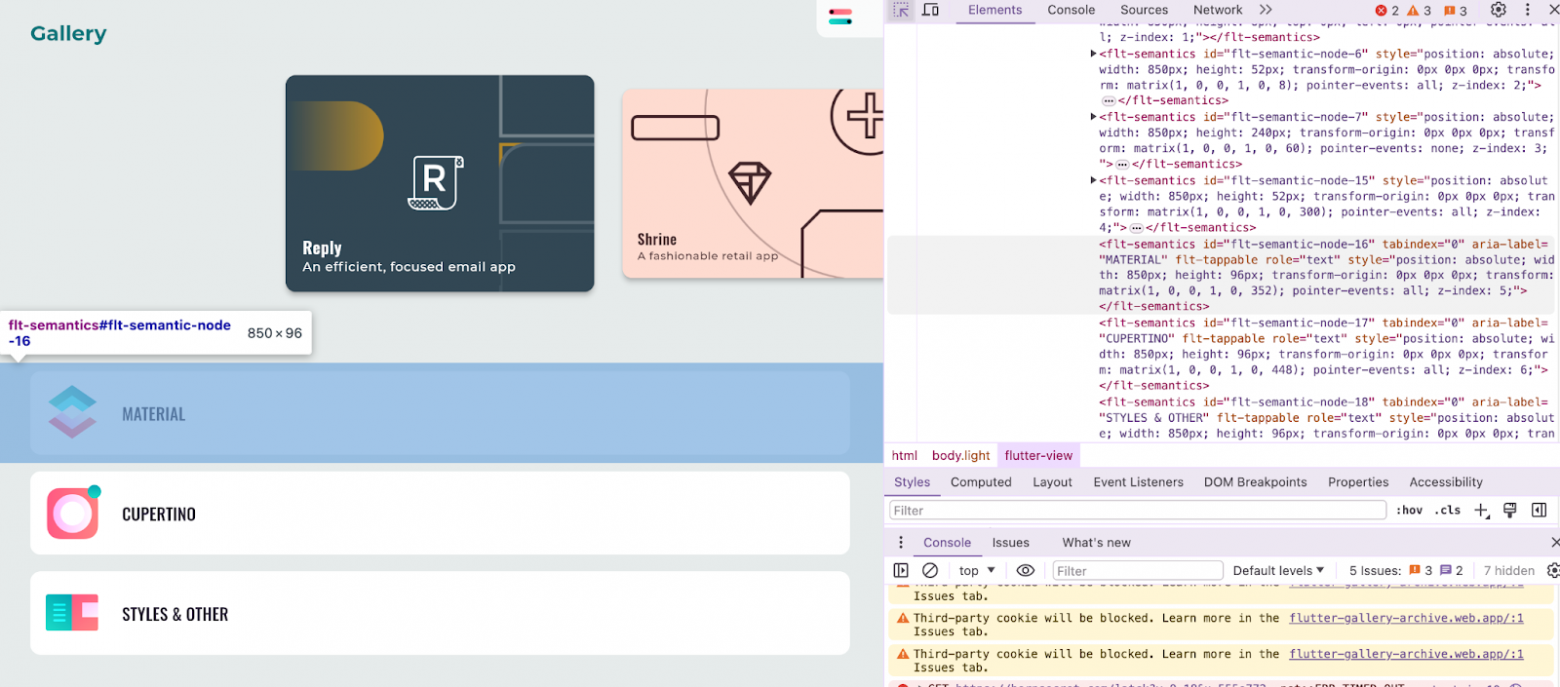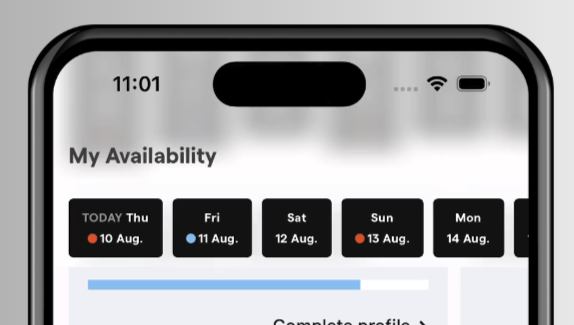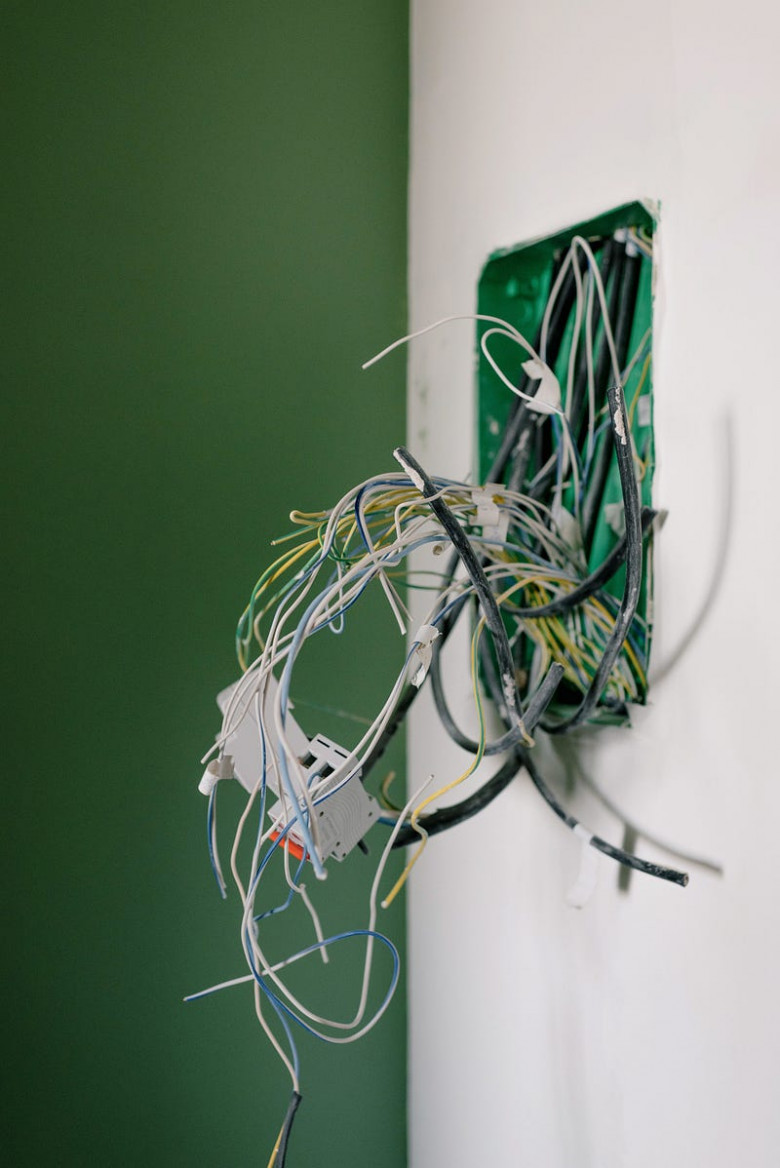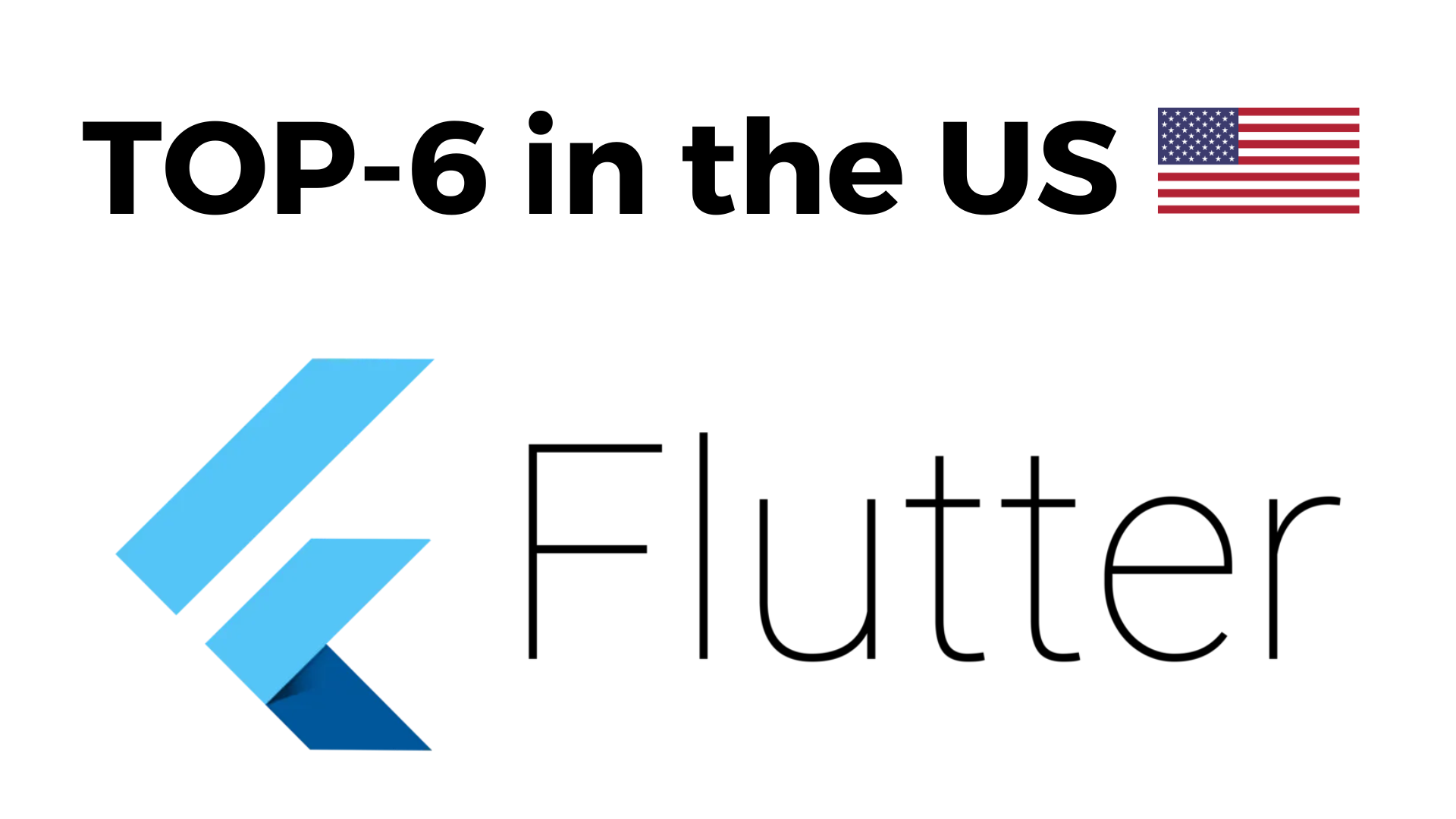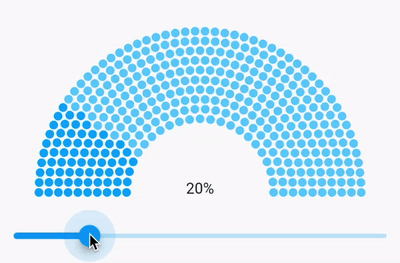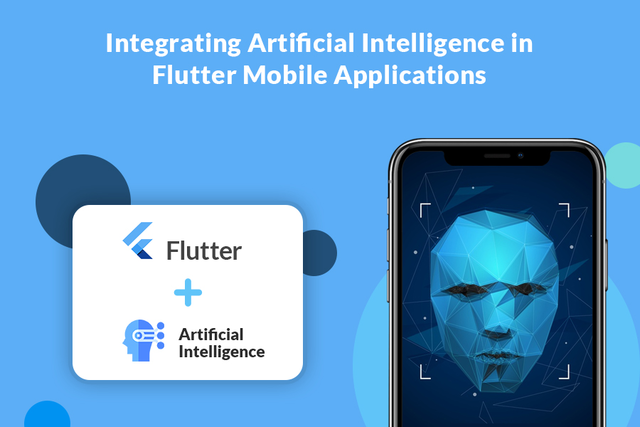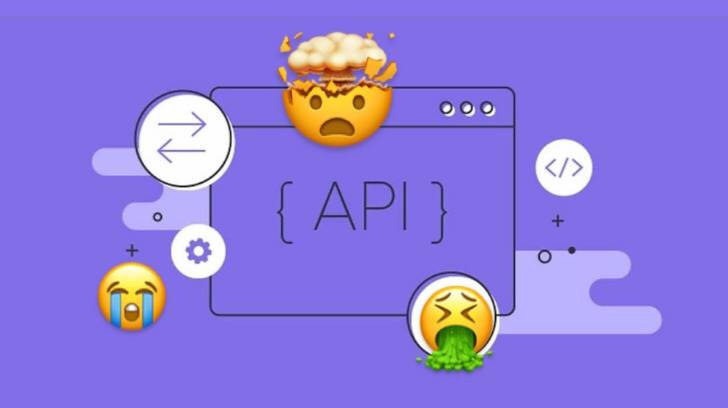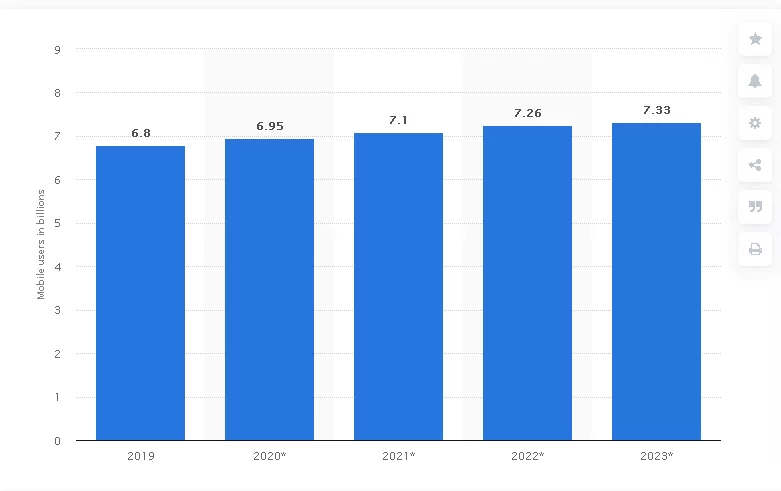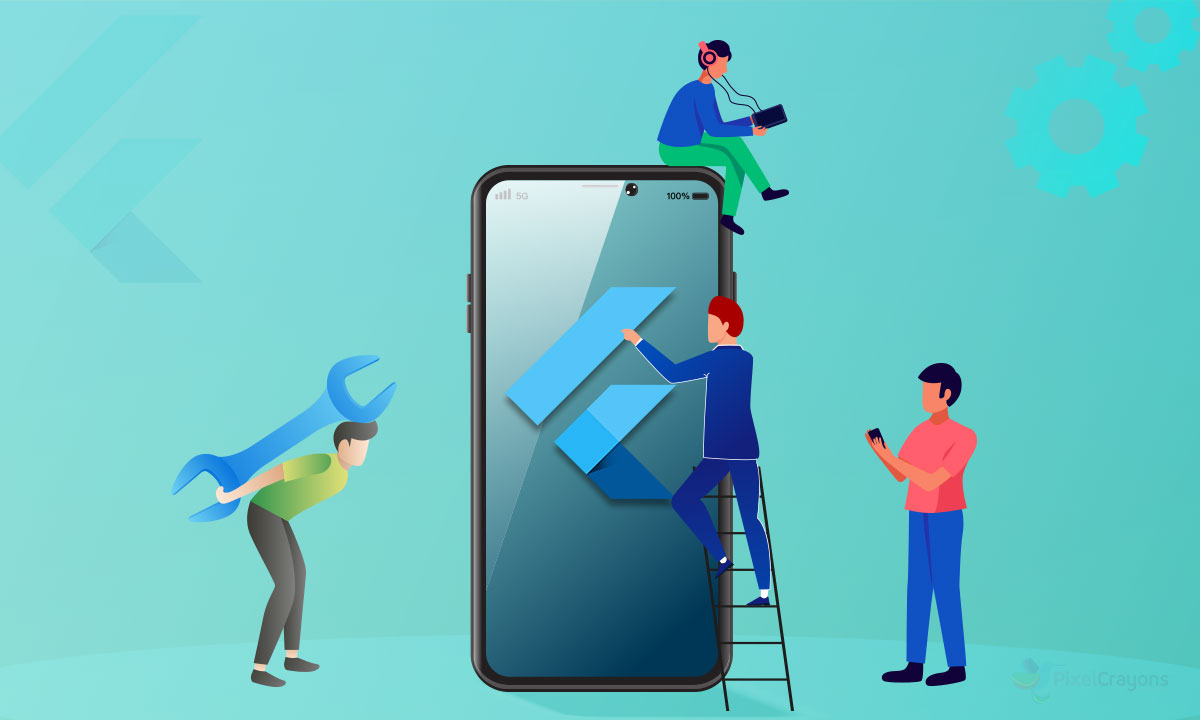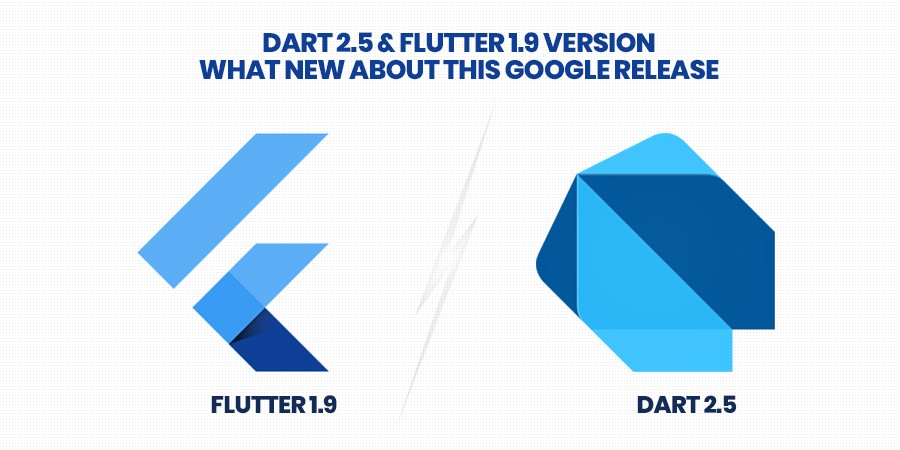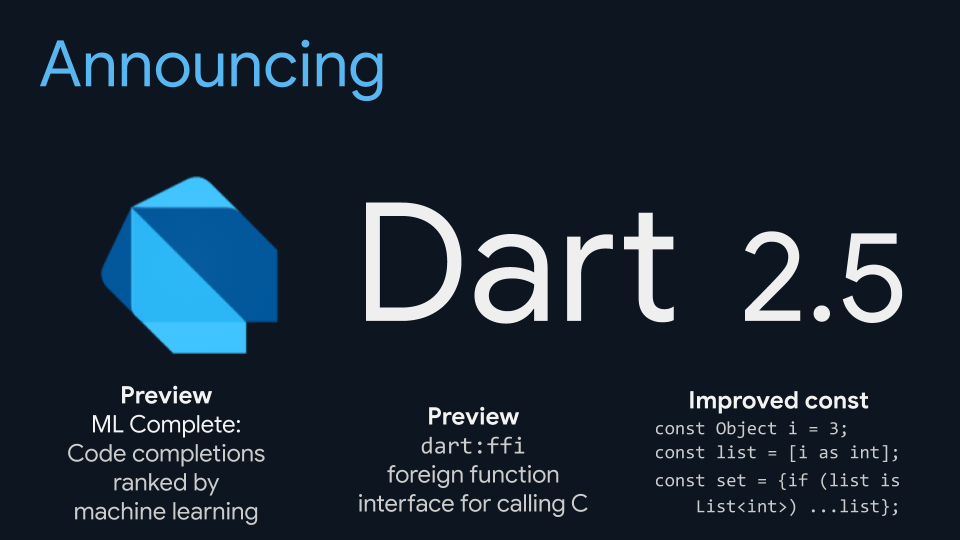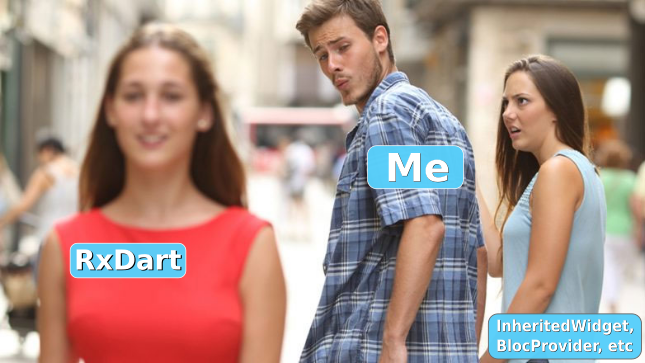As we all are aware of the fact that the digital market is heavily leaning towards a reliable UX-driven process, app development has become quite complex, especially for targeting the industry for mobile platforms.
For every organization, creating a product that is beneficial for their customer needs always comes up with a plethora of challenges.
From the technical point of time, there are various challenges that every business faces, including selecting the right platform for the app, the right technology stack or framework, and creating an app that fulfills the needs and expectations of customers.
Similarly, there are more challenges that every business faces and needs to cope with while creating its dream product.
So, what to do??
Well, what if I say that the answer to all your queries and questions is Flutter app development with Artificial Intelligence (AI) integration……
Surprised? Wondering how?
Well, AI in Flutter app development is one of the best advancements in the software market. The concept of AI was first introduced during the 20th century with loads of innovations and advancements that we are still integrating into our mobile app development.
But, what are Artificial Intelligence and Flutter app development?





